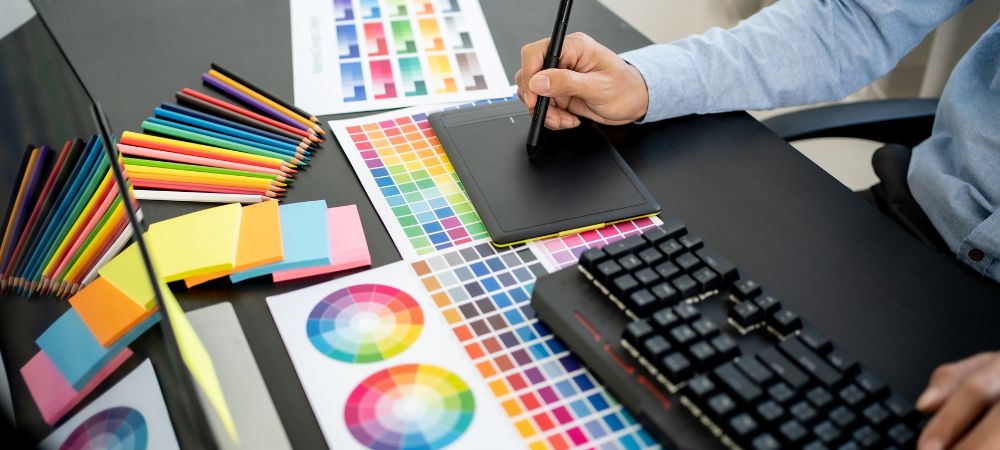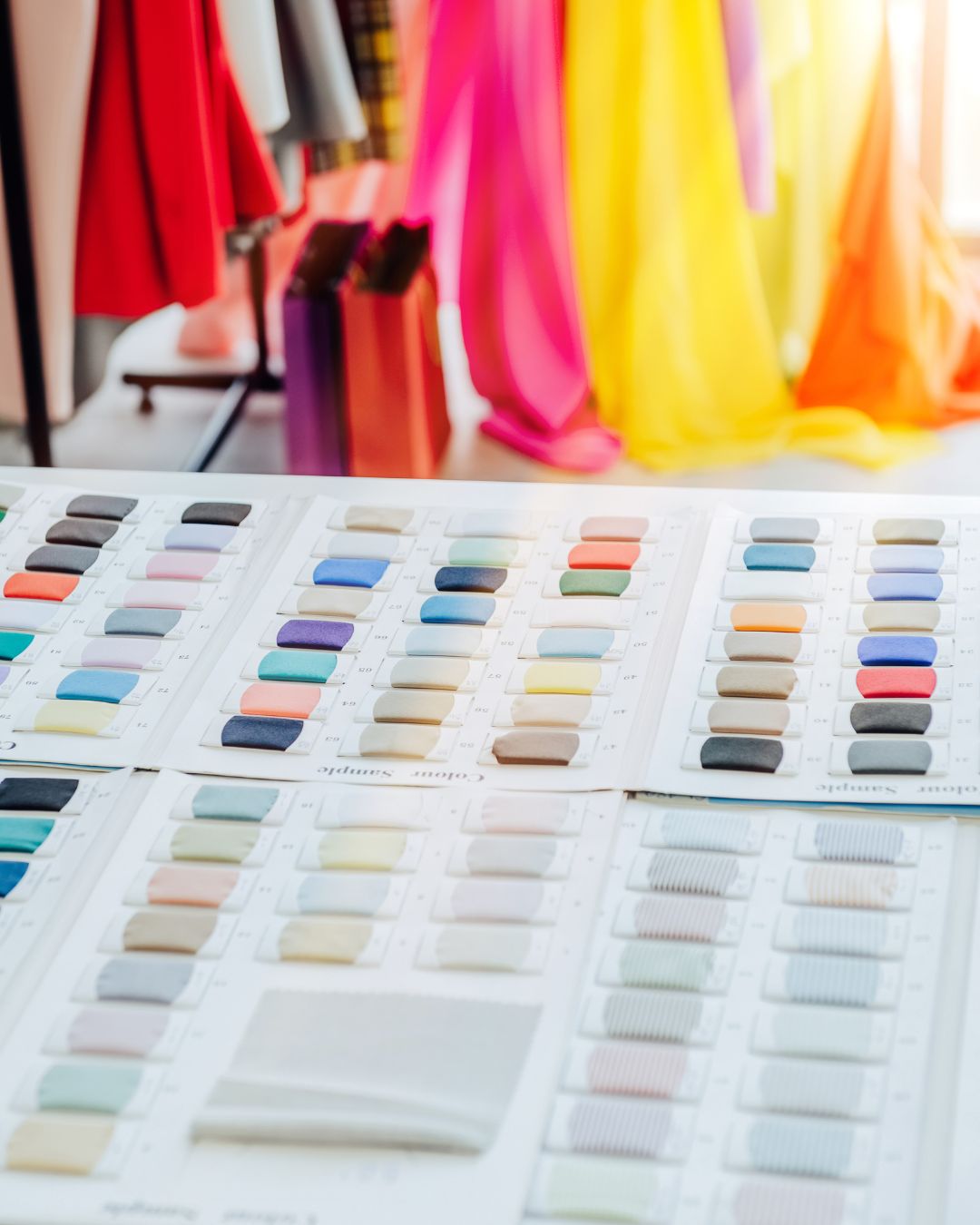

Understanding the principles of good web design ain't just about making thangs look pretty. It's 'bout creatin' a user-friendly experience that keeps folks comin' back for more. When you neglect these principles, y'all end up with a website that's confusin' and frustratin' to navigate.
One o' the key elements of good web design is usin' clear and concise language. Ain't nobody wanna spend time tryna decipher what y'all tryna say on your site. Obtain the news go to here. Keep it simple and to the point so folks can easily understand what y'all offer.
Another crucial aspect is havin' a clean and organized layout. If your site looks cluttered and chaotic, visitors gonna bounce quicker than a kangaroo on a trampoline. Make sure everythin' is easy to find and visually appealin'.
Additionally, don't forget 'bout load times. Slow websites are like watchin' paint dry – ain't nobody got time for that! Optimize your images, minify your code, and use a reliable host to ensure speedy load times for all users.
In conclusion, understandin' the principles of good web design is essential for creatin' an effective online presence. By followin' these guidelines, y'all can attract more visitors, keep 'em engaged, and ultimately achieve success in the digital world.
When it comes to creating visually appealing websites, typography, color, and imagery play a crucial role. Without them, a website can seem dull and uninteresting. Typography helps to convey the tone and personality of a website, while color sets the mood and attracts attention. Imagery brings life to the content and helps to engage users.
Typography is not just about choosing a fancy font; it's about finding the right balance between readability and aesthetics. Using a mix of fonts can add visual interest and hierarchy to the content. Colors should not be chosen randomly; they should complement each other and create a cohesive look. Bright colors can grab attention, while muted tones can create a more calming effect.
Imagery is essential for creating a connection with users. High-quality photos or illustrations can help tell a story or evoke emotions. They should be relevant to the content and enhance the overall design of the website.
In conclusion, typography, color, and imagery are all vital elements in creating visually appealing websites. Neglecting any one of these aspects can result in a lackluster design that fails to attract and retain users' attention. So next time you're designing a website, remember to pay attention to these key components for maximum impact!
Typography plays a crucial role in shaping your brand's visual identity.. By employing the right fonts, sizes, and styles in your logo design and branding materials, you can create a strong and memorable impression on your audience.
One tip for using typography to enhance your brand's visual identity is to choose fonts that reflect the personality of your brand.

Posted by on 2024-04-24
When it comes to enhancing your understanding of whitespace and negative space, there ain't no shortage of tools and resources out there to help ya out.. From online tutorials to books on design principles, the information is all at your fingertips.
One thing ya gotta remember when tryna effectively use whitespace and negative space in visual compositions is that less is more.

Posted by on 2024-04-24
Creative design is so important in marketing because, without it, a campaign can easily get lost in the noise of all the other advertisements out there.. Just think about some of the most successful campaigns you've seen - they probably had eye-catching visuals and clever messaging that made you stop and take notice, right?

Posted by on 2024-04-24
When it comes to web design, utilizing white space and layout techniques is key for creating a clean and organized design. White space, also known as negative space, refers to the empty spaces between elements on a webpage. It helps to create a sense of balance and allows important content to stand out.
By using white space effectively, you can prevent your website from looking cluttered or overwhelming. This can make it easier for visitors to navigate your site and find the information they are looking for. In addition, employing proper layout techniques such as grid systems and alignment can further enhance the overall aesthetic of your design.
Neglecting these principles can result in a chaotic and confusing user experience, leading visitors to quickly abandon your site in favor of one that is more visually appealing and user-friendly. So next time you're working on a web design project, remember the importance of utilizing white space and layout techniques for a polished and professional look!

When it comes to web design, optimizing websites for mobile responsiveness and accessibility is crucial. Not only does it make the user experience better, but it also helps with SEO rankings. Without mobile optimization, users may have a hard time navigating the site on their phones or tablets. This can lead to frustration and ultimately result in them leaving the site altogether.
By ensuring that websites are responsive and accessible on all devices, designers can create a seamless experience for users. This means making sure that buttons are easy to click, text is readable without zooming in, and images load quickly. Neglecting these factors can result in a poor user experience and lost opportunities for conversions.
In today's digital age, more and more people are using their smartphones to browse the internet. If a website isn't optimized for mobile devices, it's missing out on a large portion of potential visitors. With so many options available online, users won't hesitate to leave a site that doesn't meet their needs.
Overall, optimizing websites for mobile responsiveness and accessibility is essential for success in the digital world. By providing users with an enjoyable browsing experience regardless of device, designers can attract more visitors and keep them engaged longer. So next time you're designing a website, remember to prioritize mobile optimization-it could make all the difference!

When it comes to web design projects, finding the right balance between creativity and functionality ain't always easy. It's like tryin' to juggle two balls at once - sometimes ya gotta focus on one more than the other. But lemme tell ya, when ya get it just right, that's when magic happens!
Creativity is all 'bout thinkin' outside the box, pushin' boundaries, and comin' up with fresh ideas that make a website stand out from the rest. But if ya ain't careful, too much creativity can lead to a site that looks cool but don't work so well for users.
On the flip side, functionality is 'bout makin' sure everything works smoothly and is easy for visitors to navigate. If ya focus too much on functionality though, ya might end up with a plain ol' boring site that ain't memorable at all.
So how do we find that sweet spot where creativity and functionality come together in perfect harmony? Well, it takes some trial and error, some back-and-forth with clients, and lots of collaboration with designers and developers.
But let me tell ya somethin', when ya finally nail that balance between creativity and functionality in a web design project, it's like catchin' lightnin' in a bottle - pure magic!